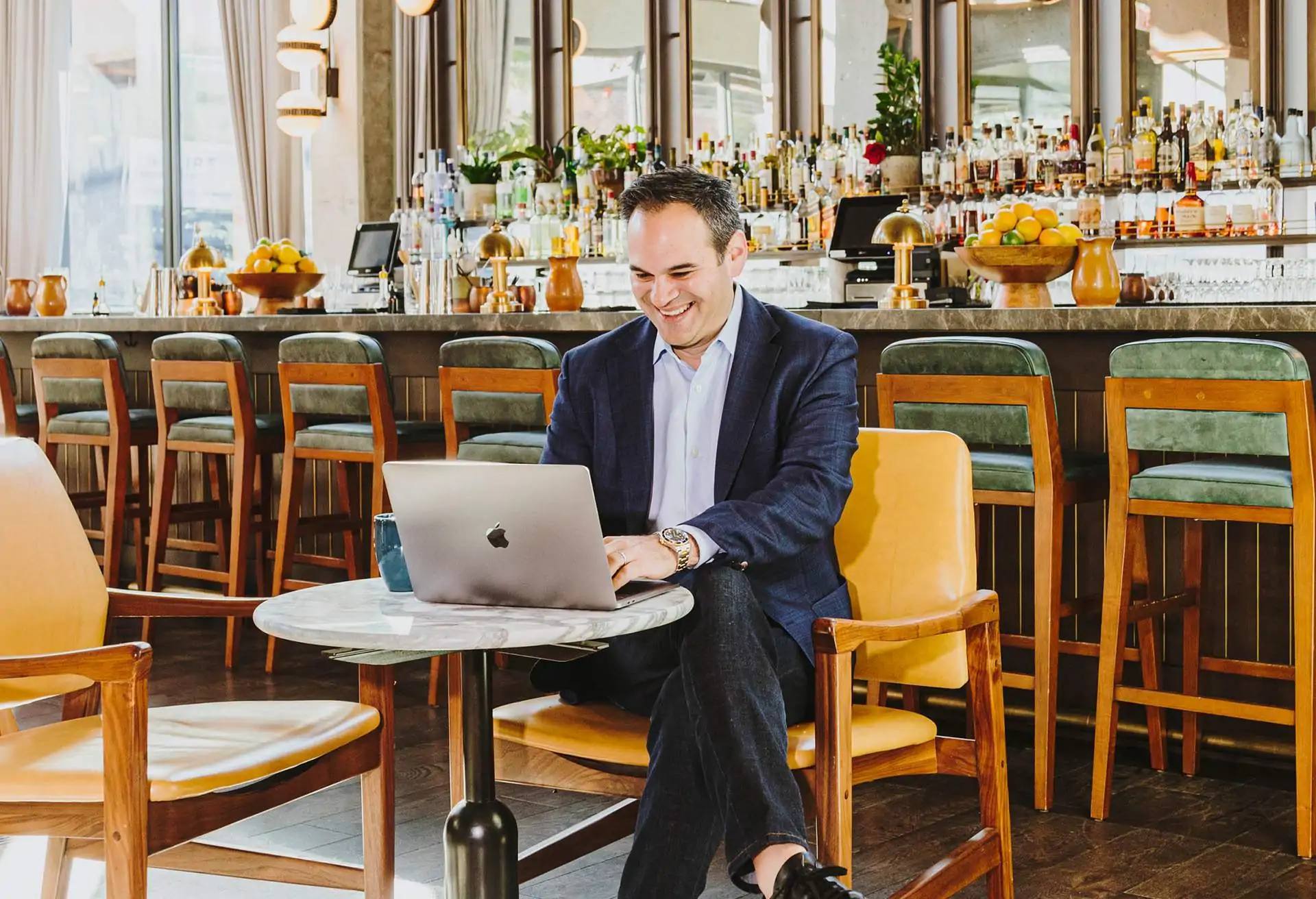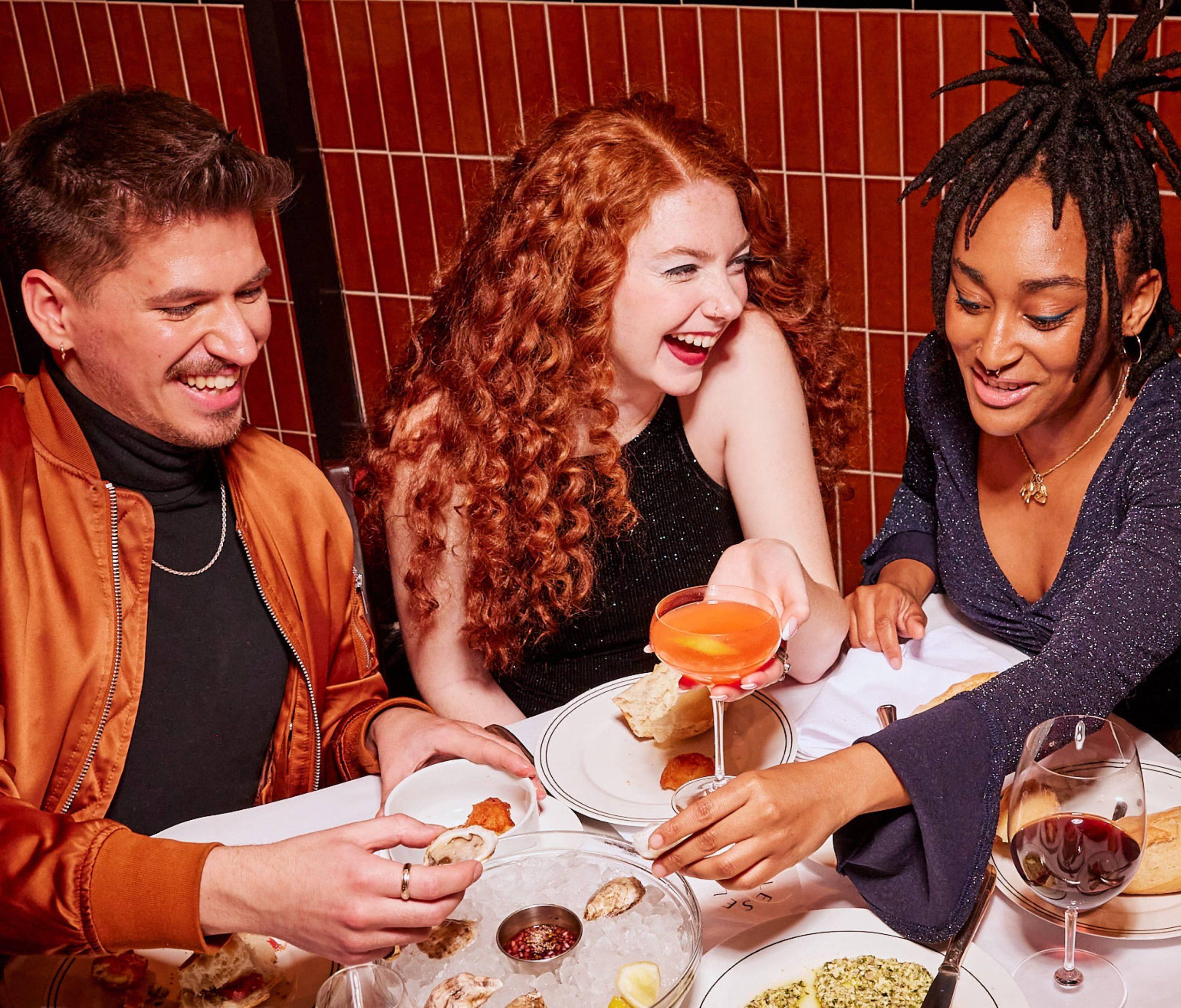Gone are the days when restaurant owners only had to worry about impressing a handful of newspaper critics. Now, with the proliferation of online restaurant review platforms and social media, every customer who walks through the door can impact your business.
And there’s little doubt that potential diners are paying close attention to what your customers write about your restaurant online. According to research by Capterra, 98 per cent of Australian shoppers read online reviews, and 94 per cent believe them to be trustworthy. And restaurants, bars, and cafes were the most reviewed category.
There’s no getting around the fact that negative customer reviews will hurt your business. A Bright Local survey revealed that only 48 per cent of consumers would consider using a business with fewer than four stars.
And when it comes to maintaining a positive online reputation, you’re only as good as your most recent reviews. The Bright Local survey also reported that 73 per cent of consumers only pay attention to reviews written in the last month.
Everyone’s a critic
Mark Nicholas Berelmans, Marketing Manager at Sydney fine dining restaurant Bel & Brio, agrees that today’s diners use review platforms as the most reliable source to decide their next dining experience.
“People know the reviews come from real guests who actually have been to the restaurant,” he says. “There is nothing more powerful than word-of mouth advertising, and online customer reviews are the digital version of this. Your website, social media, and restaurant can look as beautiful as ever, but if people see 100 negative reviews when they look you up online, they won’t come.”
Of course, it’s almost impossible to prevent the occasional negative review. However, Berelmans says it’s how you respond to negative reviews that makes all the difference.
“I think the biggest challenge is that it is all so transparent. Everybody can read the reviews, positive and negative, and everybody can see how you reply to them. It is therefore super important to simply listen, send a polite response, and to not escalate the matter ‘on the screen’. We often try to move to a more personal way of communicating by giving them a call, or inviting them back in so we can talk to them face to face.”
Turning a negative positive

But how do you continuously monitor multiple review platforms and thoughtfully respond to every review when you’re already so busy?
OpenTable’s reputation management tool has been designed to solve this challenge. It pulls together guest reviews from key sources like Google and Facebook, and displays them for you in a single dashboard on the OpenTable platform.
You can also set negative feedback alerts, and respond to customers directly through OpenTable.
“The most important thing to do after receiving a complaint is to listen and empathise, which is easier to do in a private message as it makes it more genuine,” says Berelmans. “Nobody loves a public scene, not even online.
“I absolutely love the fact that you can send both a private and a public message to reviewers who have booked through OpenTable. You can keep it brief, formal and professional in your public response, but go long, personal and in depth in the private response.”
Berelmans says OpenTable also helps his team track reviews with a data-driven approach so they can proactively assess why the particular customer experience may have been less than ideal. And if diners leave reviews on OpenTable, it’s even easier to tackle negative reviews.
“That’s because, with OpenTable, there is no possibility to leave a review without having made a reservation first,” he explains. “This allows us to see when the guest has dined. If we receive a complaint, the last thing we want to do is have to ask 1,000 extra questions before we can determine what has gone wrong.
“By knowing the date of the booking, we can often find out which table it was, and we can respond to a review faster and better. I think this is why we receive more than five times the reviews through OpenTable than on other popular review platforms.”
Getting personal

“Receiving feedback is essential, no matter which industry you are working in,” he says. “You need to know where your strengths and weaknesses are in order to grow. Obviously we all love to receive positive feedback, but the negative feedback is crucial in order to improve.”
OpenTable reputation management tool makes customer feedback very easy to collate and visualise to track customer sentiment and identify trends. For example, you can use keyword analysis to search and identify all reviews that include specific terms of interest. Sentiment analysis also enables you to convert feedback into ratings in key categories like food, service and value to uncover new opportunities.
Berelmans says sharing positive reviews with his team helps to build employee morale and engagement. It demonstrates what they’re doing well, and reinforces that customers are noticing and appreciating their efforts.
“OpenTable provides a channel to share this feedback with not just the waiter that served the guest on the night, but with every staff member involved. We share customer feedback on a weekly basis with the entire team. This way everybody knows if we provided another successful Bel & Brio experience, and nobody is left out. Often staff members are personally mentioned and they often get compliments from colleagues, which generates a healthy dose of competitiveness and motivation within the team.”
On the other hand, negative feedback is also crucial in order to identify and solve any issues within the restaurant that may be tarnishing the customer experience.
“OpenTable gives us an opportunity to connect with our guests and understand their needs better,” Berelmans explains. “We treat every review as an opportunity to learn something new from our guests, involve them in the development of our business, and make them part of our Bel & Brio family.
“For example, if we receive feedback that we do not have many vegan options, we take this on board and make sure to add additional vegan options on our new menu. We also make sure to share this with the guest that left this feedback, so they know we listen.
“We love creating a personal bond with our guests, and OpenTable is an extra tool to make this possible.”




